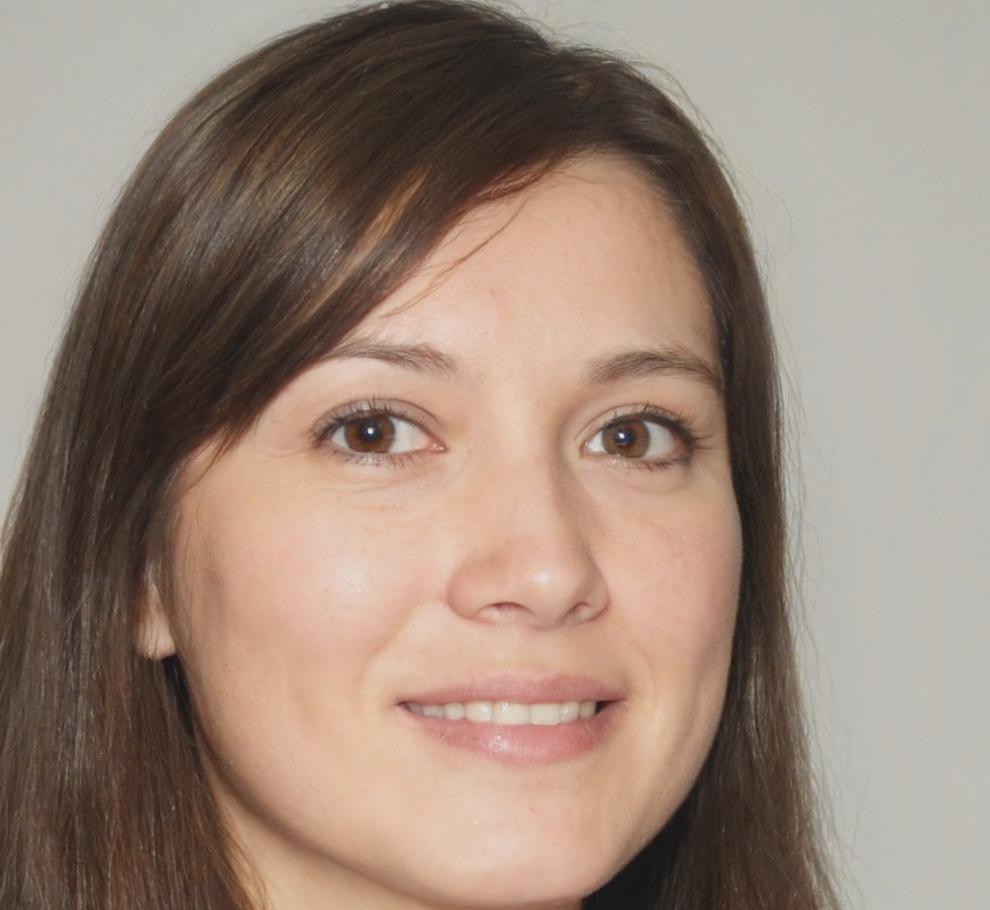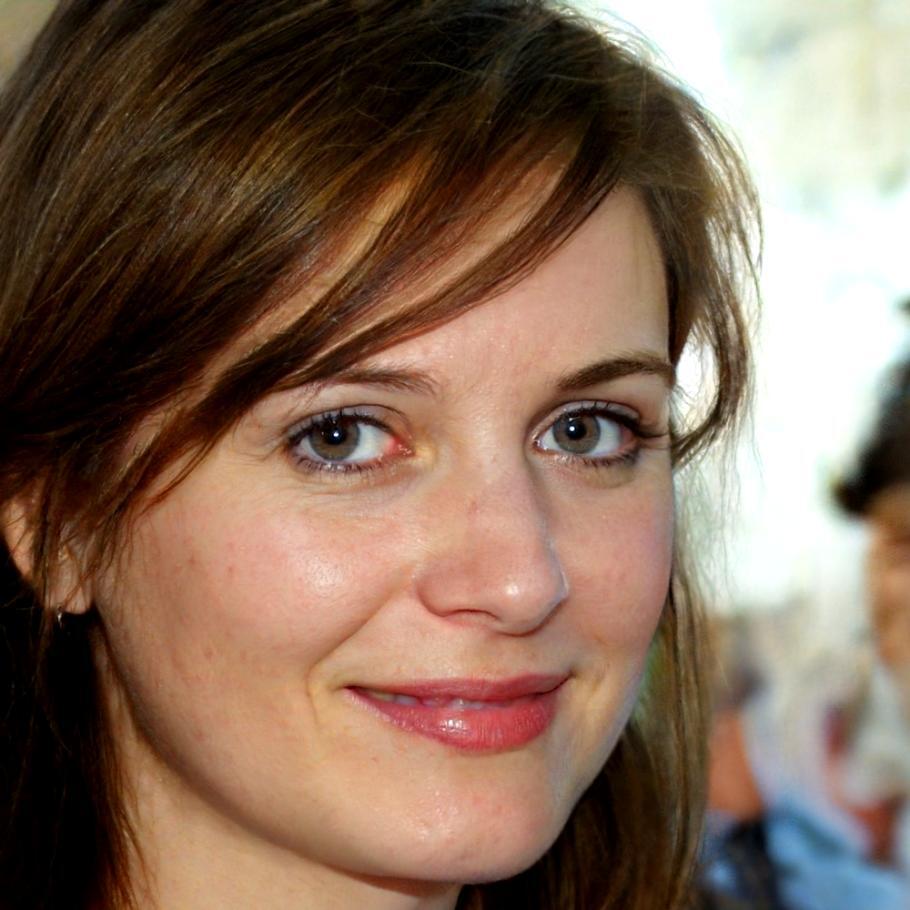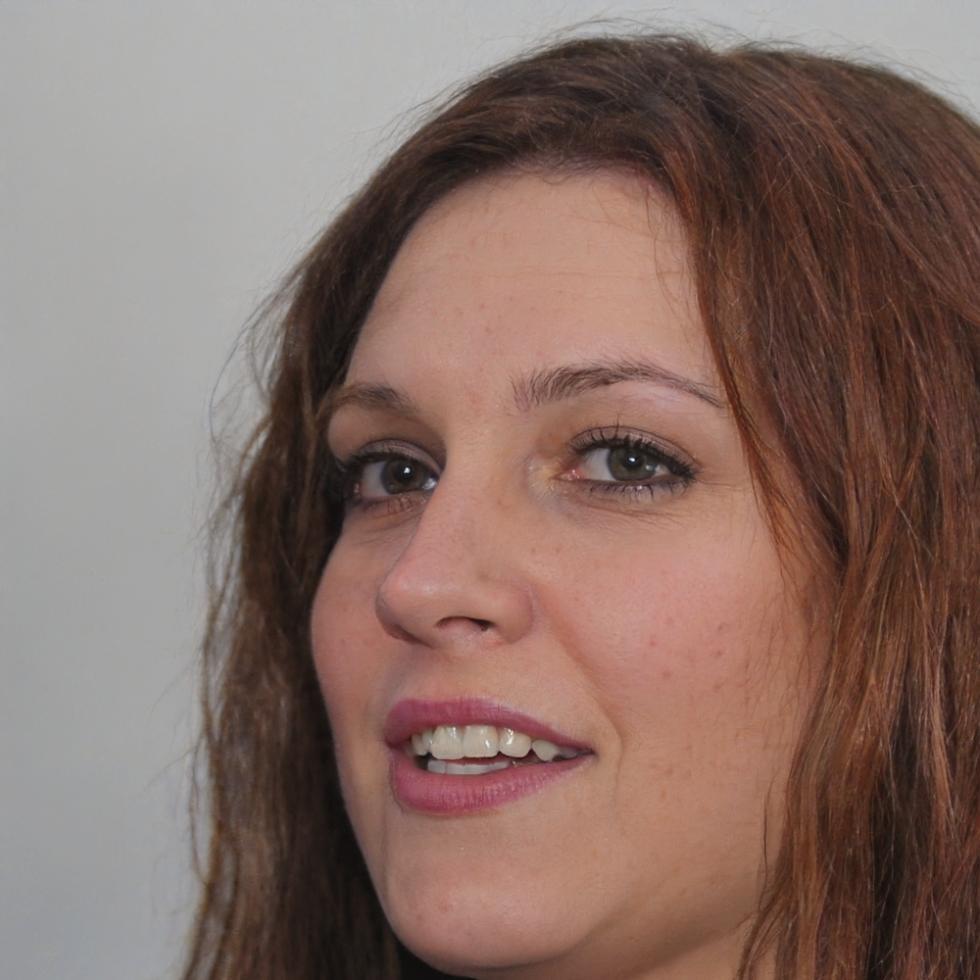Game Art Mastery Programs
Building practical 3D modeling skills takes time and structured guidance. Our programs run through 2025 and into early 2026, giving you space to develop at a pace that actually works. We're based in Egypt but train artists from all over—students bring different backgrounds, and that variety makes the learning richer.
You'll work with instructors who've shipped real games and understand what studios need. Not every graduate ends up in the exact role they imagined, but most find their way into the industry once they've built a solid portfolio and learned how to iterate on feedback.
Finding Your Starting Point
Not everyone comes to 3D modeling from the same place. Some folks have art training but no tech skills. Others know their way around software but need to sharpen their eye for form and composition. We structure our programs around where you're starting from, so you're not wasting time on things you already know or skipping fundamentals you'll need later.
Complete Beginner
Never touched Blender or Maya? That's completely fine. We start with interface basics and slowly build up to more complex workflows.
- Foundations track begins September 2025
- Evening sessions available for working students
- Practice projects focus on small, achievable goals
- Portfolio review halfway through to adjust pacing
Hobbyist or Self-Taught
You've made some models on your own but want professional-level techniques and industry feedback.
- Intermediate track starts October 2025
- Shorter timeline assumes basic software knowledge
- Focus shifts to optimization and game-ready assets
- Guest critiques from working game artists
Adjacent Field Professional
Maybe you're in architecture visualization or product design and want to pivot toward games.
- Transition workshops begin November 2025
- Covers game-specific constraints and workflows
- Real-time rendering techniques and LOD management
- Networking sessions with Egyptian game studios
Who You'll Learn From
Our instructors have worked on shipped titles and understand the difference between what looks cool in a render and what actually functions in a game engine. They're honest about the learning curve and won't sugarcoat the tough parts—but they're also good at breaking down complex concepts so they make sense.

Salma Fawzi
Lead Character Artist
Salma spent six years at a mobile game studio in Cairo before going freelance. She's worked on everything from stylized fantasy characters to realistic NPCs. She's particularly good at explaining topology decisions and why certain edge loops matter more than others. Her critiques can be direct, but students appreciate the honesty.

Layla Dabbous
Environment Specialist
Layla builds worlds. She's worked on open-world projects where optimization is critical, so she knows how to balance visual quality with performance. Her background in architecture gives her a strong sense of space and composition. She runs the intermediate workshops and doesn't let students get away with sloppy UVs or inefficient geometry.

Nadia El-Sayed
Technical Art Advisor
Nadia bridges the gap between artists and programmers. She understands shader workflows, material setup in Unreal and Unity, and how to troubleshoot when assets don't behave as expected in-engine. She's the person you go to when your models look great in Maya but fall apart in the game. Her sessions focus less on theory and more on solving real problems.
Program Timeline and Structure
These programs run for several months. You'll have assignments, feedback sessions, and portfolio development milestones. The pace is steady but manageable if you can dedicate the time. Most students continue working or studying alongside the program—it's built with that in mind.
Enrollment Period
July - August 2025
Applications open for all tracks. We'll review your current work if you have any, and chat about what you're hoping to accomplish. It's a pretty straightforward conversation—no need to prepare anything elaborate. We mainly want to understand your goals and make sure you're signing up for the right program level.
Foundation Phase
September - November 2025
The first few months focus on core skills: modeling fundamentals, proper topology, basic texturing, and understanding game asset requirements. You'll create simple props and gradually increase complexity. Weekly critiques help you catch bad habits early. Some students move faster than others—we adjust pacing where needed.
Specialization Phase
December 2025 - February 2026
You'll choose a focus area: character modeling, environment art, or props and weapons. This is where you start building portfolio pieces that demonstrate specific skills. Instructors work with smaller groups during this phase, so feedback gets more detailed. You'll also learn to document your process, which matters when applying for jobs.
Portfolio Development
March - April 2026
Final months focus on polishing your best work and building a cohesive portfolio. We'll help you set up an ArtStation page, write project descriptions, and prepare for interviews. Guest speakers from Egyptian and regional game studios occasionally join to discuss what they look for when hiring. It's a good reality check before you start applying.
Ready to Start Learning?
Programs fill up once we hit capacity, so if you're interested in the autumn 2025 cohort, reaching out sooner gives you more options. We're happy to answer questions about curriculum details, instructor backgrounds, or how the program fits with your current schedule.
Get in Touch